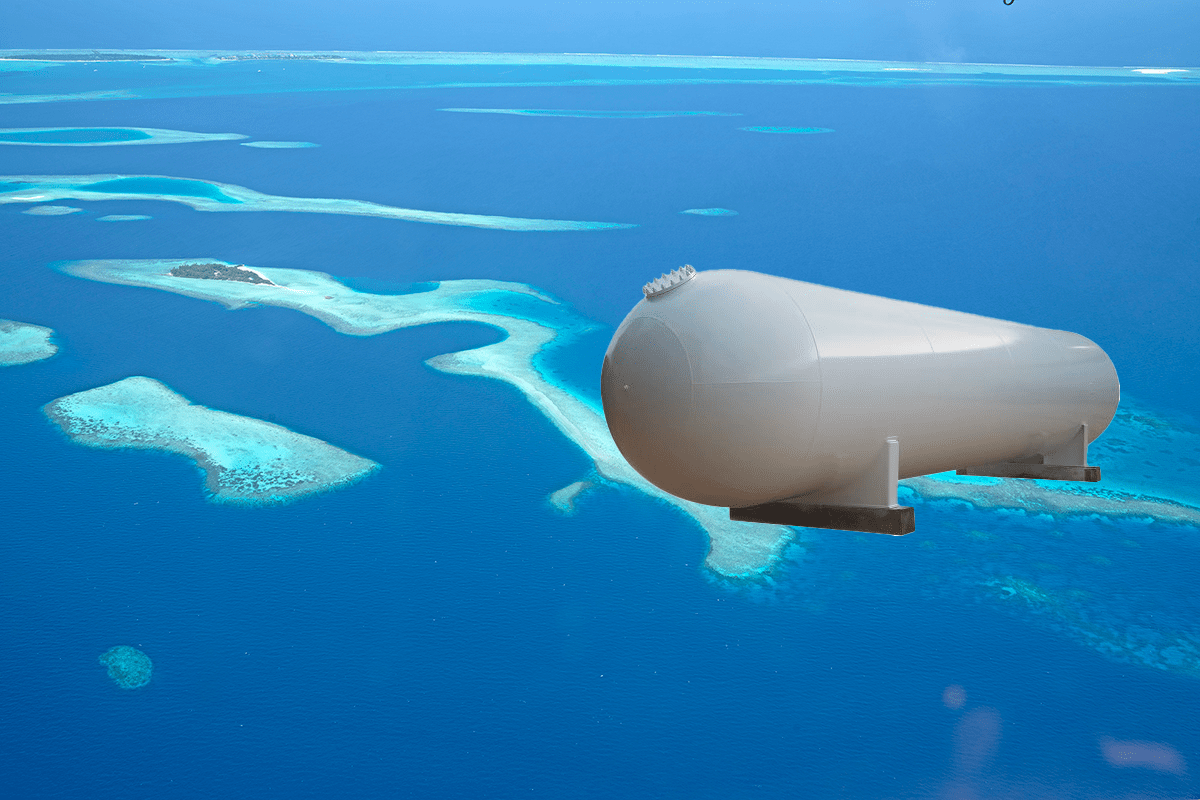How Do Tiny Islands In Maldives Manage Sewage?
20 JULY 2021
Do you wonder how the Maldives islands manage sewage? You might have visited a very tiny resort that takes only 10 minutes to walk around on the beach. Where do the sewage go in such a small island? The short answer is that each resort has a Sewage Treatment Plant (STP) that deals with the matter. It is a complex procedure that treats the sewage at different stages to segregate the contents for disposal. 
Let’s find out how Sewage Treatment Plant works!
Usually there is a small gutter in the ground for every guest room. An island would be divided into several sections and each would have a main gutter that collects sewage from individual gutters. Section gutters are equipped with cutter pumps that chop solids into small particles, that’s the first stage of the process. The Sewage Treatment Plant (STP) then collects it from section gutters. The treatment plan has a large in-let tank, usually made with concrete. There are many important processes taking place inside this large tank.There are multiple aerator pumps sitting on the tank floor. These pumps take air from outside the tank and blows out into the dirty water. This process makes the water keep circulating. The circulation dissolves any remaining solid into water. Bubble from aerator pumps help get rid of bad smell. Apart from these two processes some resorts do have a third process on the surface of the tank. A floating panel on the surface hosts a motor with a propeller-like blade attached to it. This further helps chop and dissolve any remaining solid, some may come to the surface. The contents in the tank looks like a brown liquid, it does have its odor but continuous running of the plant make the odor less and there are pipes to vent out the smell.
The stirred water mixture is pumped into series to small dry beds that contain sand. Solid particles stay on the sand while water drains down the sand, into another tank. Some resorts grow small bamboo trees on the bed beds as their roots help the process. There may be multiple dry beds to filter out the solids at each stage. Then the water goes into a sand filter, this type of filter is often used in swimming pool systems. The sand filter removes any remaining solid and purifies the water. There may be second filter to further purity the process water. The sand filters are backwashed regularly after certain running hours. At this stage the water is does not have any odor or colour, it is still not safe to drink though. Many resorts use this clean water for gardening. It could be further enhanced to drinkable quality with additional filtering and chlorination.
Now you may be wondering what happens to solids and waste water? The Dry Beds collect near-odorless solid sewage like a layer of cake. The beds are then exposed to sunlight which dries the solids and turns to like odorless power. Now it is the perfect fertilizer that goes into gardening.
After purifying water there is a waste part. This waste water is pumped out into the deep sea. This water is brownish, but it quickly mix up in the ocean and disappears.
Maldives islands like oil rigs after 100 years? 7 ways to tackle rising sea level.
Geography of Maldives
Fiji or Maldives? Which one to choose?